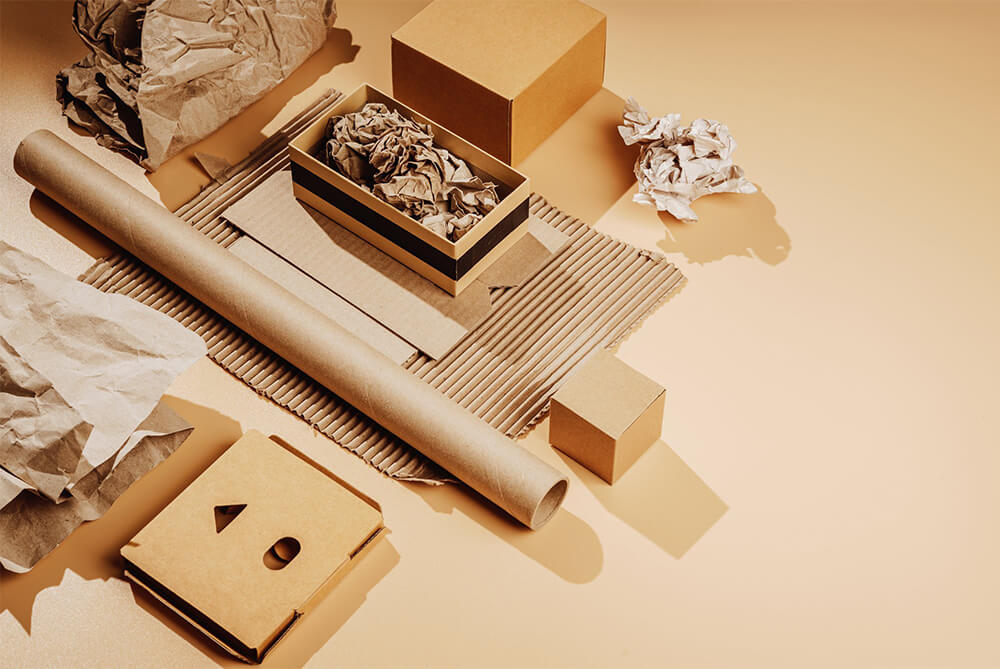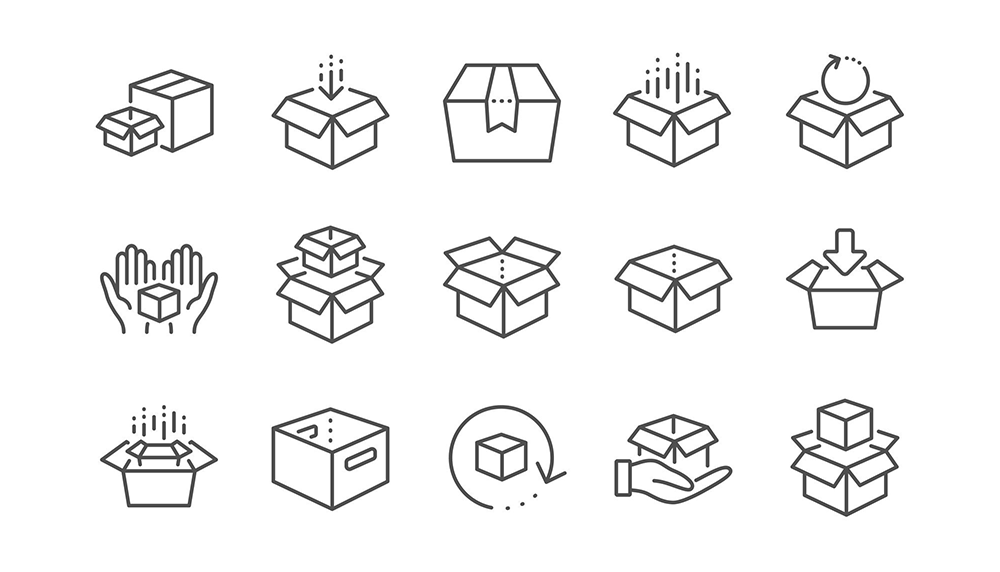Why More Companies are Doubling Down on Secondary Packaging Automation
Packaging goods for sale involves three different levels. Automation of secondary packaging has become a must for businesses in many verticals.
Posted January 2022 Back to Resources
Why More Companies are Doubling Down on Secondary Packaging Automation
Packaging is not just one rote action, as many manufacturers know. It’s a process, with a number of steps—steps that represent potential bottlenecks, or potential ways to expedite the manufacturing and shipping process.
Generally, packaging is broken down into three distinct phases. First comes (as the name implies) primary packaging, also known as retail packaging. Secondary and tertiary packaging follow after, for moving objects in bulk. Each of these steps has its own process and often its own dedicated warehouse to deal with it.
Secondary packaging in particular has been a target for manufacturers looking to automate processes. But why? What is it about this stage that makes it so ripe for automation?
What is Secondary Packaging?
Secondary packaging is the intermediate step that brings together primary and tertiary packaging. Primary/retail packaging directly protects the product, such as a box or can of food. The secondary step then combines several primary packages—think of a pallet or carton containing multiple boxes or cans of food.
This secondary layer protects the primary package, which is usually the most consumer-facing part of a package in the end and is thus heavily branded. Secondary packaging also includes some marketing material of its own—for instance, a twelve-pack of beer may have text and images separate from the information on the individual bottles or cans. As such, retail outlets often use secondary packaging for display purposes as well. Think of the cases of beer or other products you might see stacked in the grocery store to entice shoppers.
There isn’t, strictly speaking, a hard difference from these levels of packaging. Each product or manufacturer may go about shipping and marketing separately. Each level of packaging contributes to how customers perceive the product and the security of its delivery—and in some industries (like pharmaceuticals), secondary packaging can also make or break regulatory compliance.
Good secondary packaging offers squareness and compression, making a strong seal that is nonetheless easy to open. Materials like chipboard cartons, shrink wrap, or corrugated cases are common. This makes it easier to handle products and combine them at a tertiary level.

Source: Shutterstock
How Does Secondary Packaging Automation Work?
More and more manufacturers are turning to automation to complete their secondary packaging processes. Specifically, businesses are now using advanced industrial robots to insert products into their containers. An automation solution like Vicarious employs neuroscience-inspired artificial intelligence to manipulate objects into place—more efficiently than even an expert human packer.
The system processes the items visually, developing a “mental” understanding of where and how to maneuver them. The robots can press objects into plastic blister packs, squeeze products into cartons, or insert practically any other item into its packaging, even the most delicate objects.
Automating secondary packaging also allows for repacking, such as combining several different products together in a sampler pack. Third-party logistics (3PL) companies can now use this advanced technology to assemble the combo packs seen in stores regularly.
These new robots can instantly go from one configuration to another, and learn to identify new SKUs. Sending products through the machines thus becomes economical even for small production runs, instead of more costly and unpredictable human labor.
What Makes Companies Move to Secondary Packaging Automation?
Secondary packaging automation lowers costs while increasing quality, ease of use, and speed. Using robots for packaging thereby makes a business more productive. While manual laborers used to be able to build, fill, seal, and palletize boxes competitively, those days are gone. Modern demands require automation to survive.

Source: Shutterstock
Reduced Costs
The high price of human labor is one of the key drivers of the move to automation. It costs a lot to hire, train, and retain workers. Companies are desperate to keep their costs from going out of control, and robots offer just the solution: they perform their work at a lower cost than humans. Robots also simplify managing seasonal variations in demand.
Improved Consistency and Quality
Robots do the same hyper-precise work each time, unlike their human counterparts. Automating secondary packaging, therefore, eliminates inconsistent work and quality issues, which threaten to make products unsafe when humans vary in their concentration, skill, effort, and output throughout the day. By contrast, automatic solutions kick out the highest quality product packaging no matter what.
Ergonomically Better Process
Many products are difficult for humans to handle safely. Robots can work through these without a problem. Repeating the same tasks all day can injure workers’ wrists and backs, but robots can handle even the most convoluted procedures without stress. Humans can then shift to safer duties, where they contribute to the team without harming themselves. They’ll like working more, too!
Faster Throughput
One of the greatest advantages of automation is the speed of operations. This is comparable to the move from manual calculations to massively faster computer calculations, but for packaging. Robots power through their work more rapidly than even the best human workers. Given that time is money, faster throughput equals more profits.
Automate Secondary Packaging Process With AI Through Vicarious
To save money, increase the quality and volume of output, and protect your workers from injury, consider how you can automate your secondary packaging needs. More and more companies are turning to solutions like Vicarious robots with neuroscience-inspired artificial intelligence. These devices cost less to operate while producing more output.
Your secondary packaging talks to customers. Make sure it’s sending the right message: that you consistently achieve effective results. Your packaging has to protect and market the goods that you ship and be perfect every time. Make packages that impress—get started using Vicarious robots today!
